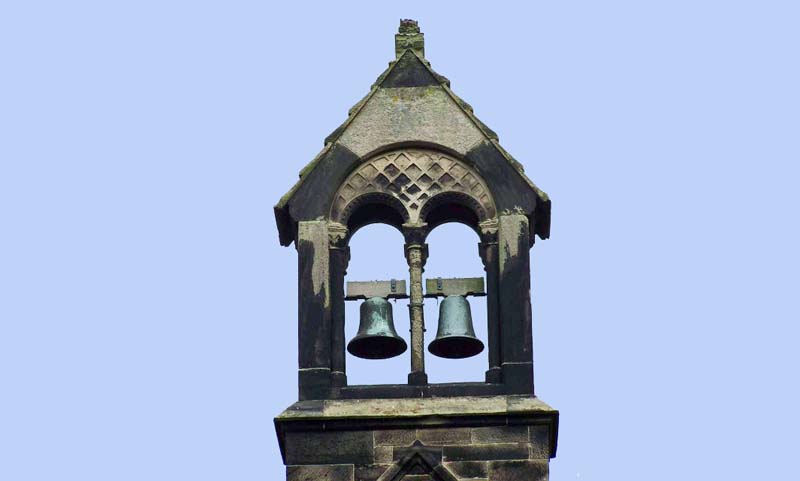
Bell-ringing
The first Christian monks would ring handbells to summon converts to prayer and by the 7th century the abbeys had larger bells incorporated into the building. A few centuries later, almost every church had a tall steeple to house either a static or swinging bell in a belfry. Its height allowed the metallic clangs to be heard over the hurly-burly of city or farm. The art of bell-ringing (campanology) developed with the addition of more bells and better control mechanisms.
The bells, which were deemed sacred and often had names, were sometimes attributed with supernatural powers. They were rung several times daily, on special dates and for notable events. Unfortunately, some bell-ringers regarded the bell-towers as drinking havens but in the 1600s there began to be societies which provided properly trained bell-ringers, e.g. the Company of Ringers of the Blessed Virgin Mary of Lincoln, established in 1612 and still operating today. Fabian Stedman (1640-1713) from Herefordshire ~ the ‘Father of Bell-Ringing’ ~ wrote two instruction manuals, in 1668 and 1677.
The use of church bells greatly reduced after the World Wars, but there has been a resurgence of interest in bell-ringing in recent decades, both as a leisure pursuit that promotes teamwork and as physical exercise.
(Top image of church bells in Staffordshire dating from 1200 and 1400: Geoff Pick at geograph.org.uk / CC BY-SA 2.0)
